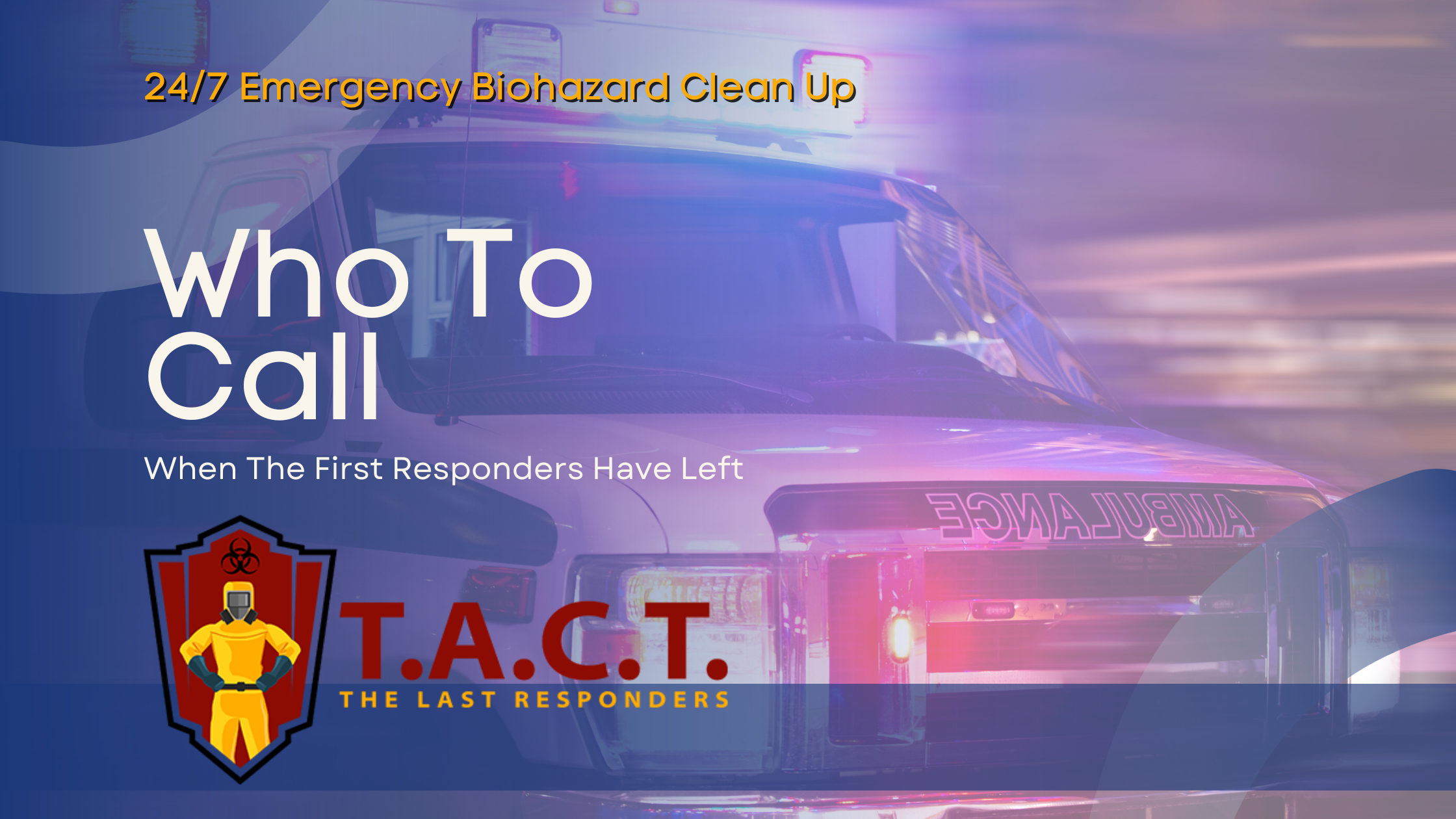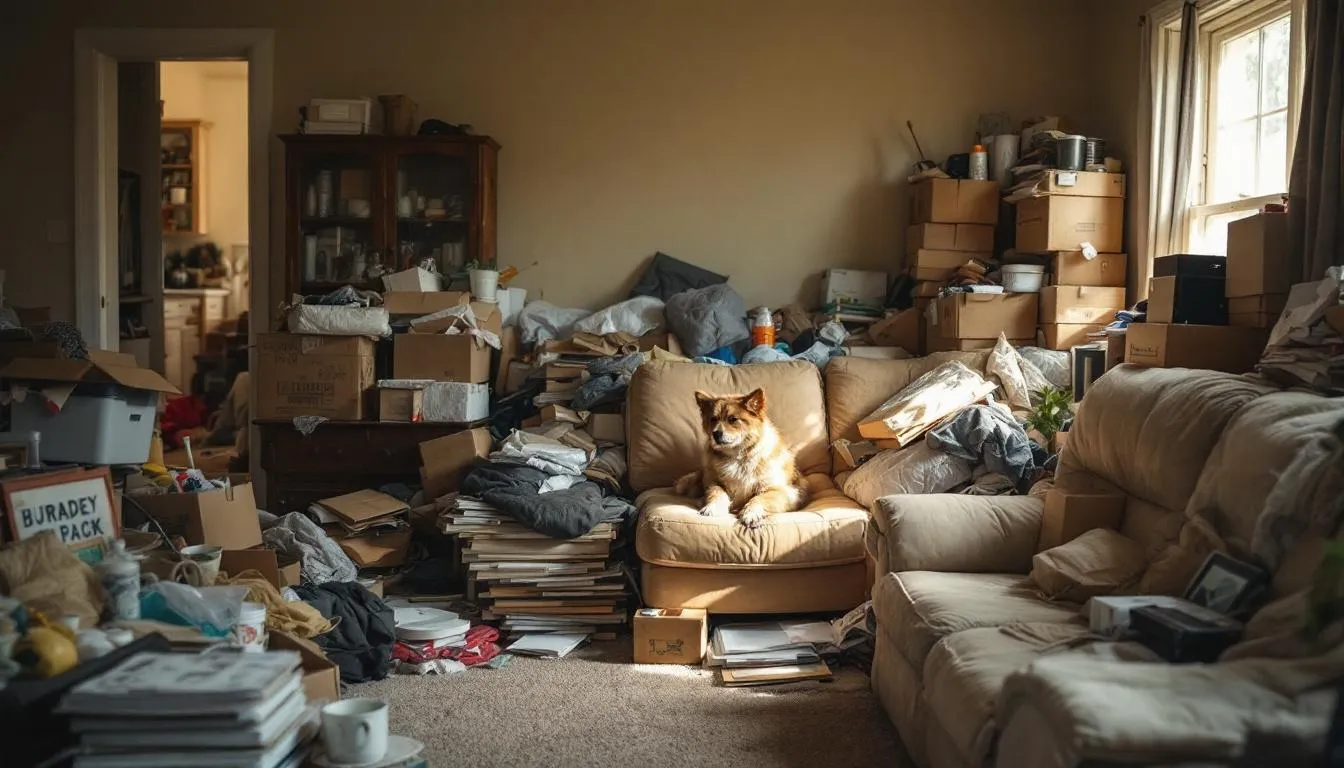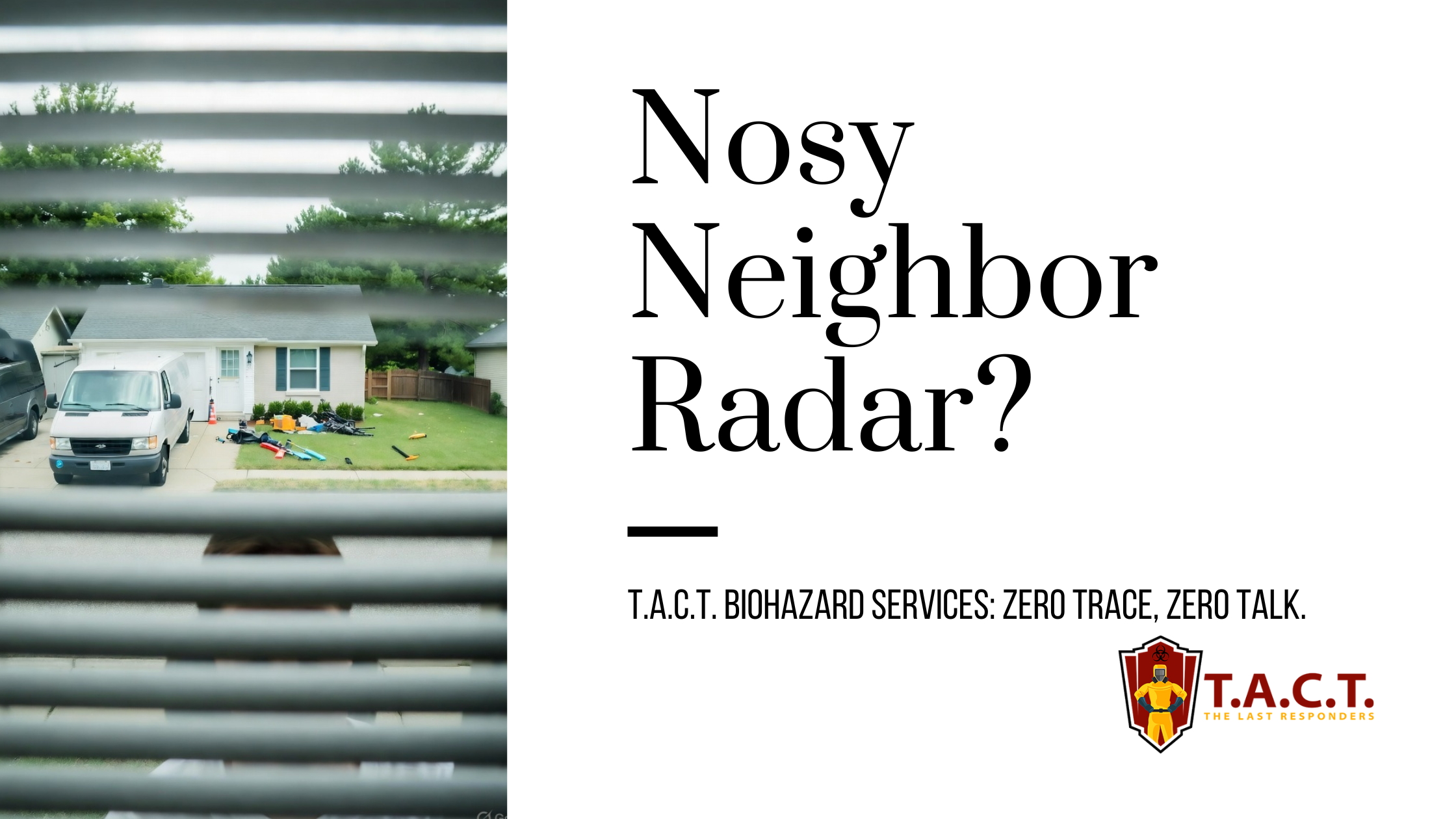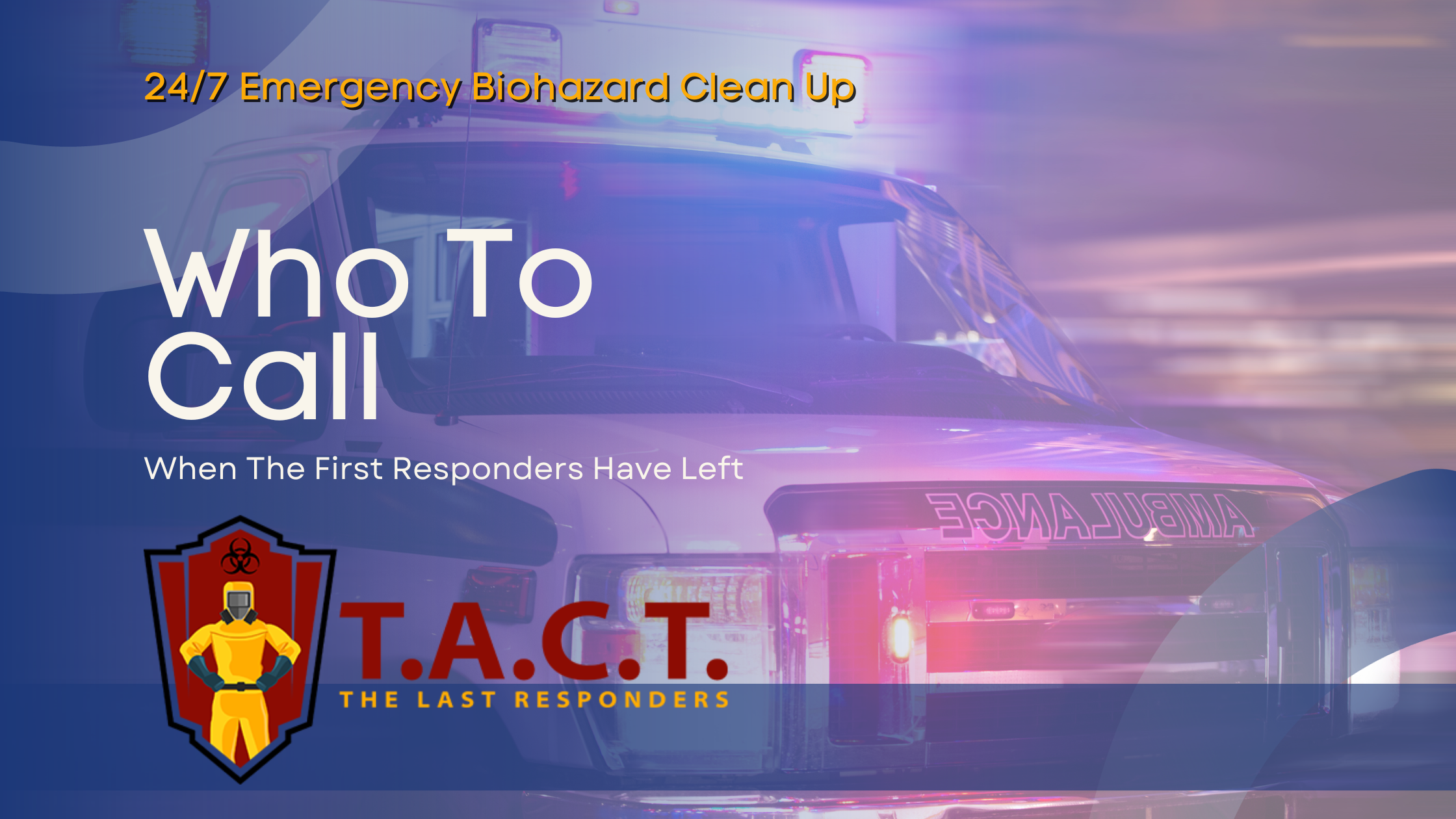Top hoarding help for families

Top Hoarding Help for Families: Effective Strategies & Support
Does a loved one’s hoarding behavior have your family stressed and overwhelmed? This article provides crucial hoarding help for families, from identifying signs and understanding the disorder to practical management tips and seeking professional support. Find the right strategies to support your journey.
Key Takeaways
Hoarding disorder is a complex psychological issue characterized by emotional attachment to possessions, leading to significant distress and cluttered living environments.
Family support plays a critical role in the treatment of hoarding disorder, helping individuals feel less isolated and promoting engagement in recovery processes like Cognitive Behavioral Therapy (CBT).
Effective communication strategies, including empathy and avoiding judgment, are vital when discussing hoarding behaviors with loved ones to foster trust and facilitate the support needed for change.
Understanding Hoarding Disorder

Hoarding disorder involves more than just an accumulation of items; it’s characterized by an excessive attachment to belongings and significant distress at the thought of discarding them. This behavior leads to cramped living spaces and can make homes feel more like prisons than welcoming environments. The disorder is marked by more than mere untidiness; it’s a compulsive need to hoard items, often driven by irrational beliefs and sentimental value. The hoarding problem often exacerbates these hoarding issues, making it difficult for individuals to seek help.
Many people misunderstand hoarding, believing that those affected have simply chosen to live this way. However, hoarding disorder is a complex psychological issue that can escalate over time, often going unnoticed until it severely impacts daily life. The onset of hoarding can be triggered by stressful life events, family history, or other mental health issues, and it typically begins in late adolescence or early adulthood.
Understanding these factors is crucial in empathizing with individuals affected by hoarding disorder. Recognizing that their behavior is driven by deep-seated emotional and psychological challenges can help in providing the right support.
The Impact of Hoarding on Family Members

Hoarding disorder brings profound emotional turmoil to family members. Helplessness, distress, and frustration often strain relationships and increase family conflict. The constant presence of clutter creates an environment where family members feel stuck and unable to live freely.
Social isolation is another significant consequence. The shame associated with hoarding can prevent both the hoarder and their family from inviting others into their home, which can contribute to a decline in mental health for everyone involved. Family members may develop their own mental health issues, including anxiety and depression, as a result of living in a hoarded environment, especially for the elderly.
Family involvement is crucial in the treatment of hoarding disorder. Regular assistance and emotional support from family and friends can significantly aid those undergoing treatment. Children, in particular, benefit greatly from family involvement, as it provides a stable support system during the recovery process.
Recognizing Signs of Hoarding Behavior in a Loved One
Recognize the signs of hoarding behavior in a loved one is the first step towards helping them. Hoarding often leads to excessively cramped living spaces, with only narrow pathways through the clutter. This physical manifestation is a clear indicator that something is amiss.
Behaviorally, individuals with hoarding disorder struggle with decision-making and organizing their possessions. They often feel a strong emotional attachment to their belongings, which complicates the process of letting go. It’s not just about having too much stuff; it’s about the significant distress and anxious feelings associated with discarding items.
Additionally, it’s beneficial to identify specific shopping triggers that contribute to hoarding behavior. Many hoarders start accumulating items during adolescence, and the behavior can worsen over time, particularly as one ages. Understanding these triggers can help in developing strategies to manage and reduce hoarding behavior.
Effective Communication Strategies
Effective communication is key when dealing with a loved one who has hoarding disorder. Important points to consider include:
Empathize, support, and avoid confrontation.
Focus on the person, not just their possessions, to foster a sense of trust and understanding.
Avoid using judgmental language, as this can exacerbate feelings of guilt and shame.
When discussing hoarding, it’s important to highlight safety concerns rather than labeling the behavior as wrong. This approach can help in reducing defensiveness and promoting a more cooperative dialogue. Educating oneself about hoarding disorder can also foster empathy and provide appropriate support.
Avoid pushing for major changes or cleaning behind their back, as this can damage the relationship. Instead, bond over shared interests or hobbies to improve communication and nurture trust. Remember that talking to someone with hoarding disorder about their behavior may require multiple attempts and a lot of patience.
Supporting Your Loved One Without Enabling
Providing support without enabling is a delicate balance. It’s essential to understand the emotional struggles of the person with hoarding disorder and avoid actions that might worsen their condition. Building trust and empathy is crucial; focusing on safety rather than judgment can motivate the hoarder to change.
Encouraging small, manageable goals in the decluttering process helps reduce anxiety and build confidence. Celebrating small achievements can reinforce positive behaviors and motivate further progress. Remember, recovery from hoarding is gradual and may involve setbacks, so patience and consistent support are essential.
Encouraging Professional Treatment
Encouraging a loved one to seek treatment from a professional is a critical step towards recovery. Key points to consider include:
Cognitive Behavioral Therapy (CBT) is recognized as the primary treatment for hoarding disorder.
CBT equips individuals with strategies to manage their behaviors effectively.
Reassure your loved one that their items won’t be discarded without their consent to alleviate fears.
Family involvement in the treatment process can significantly enhance support and understanding. It’s also important to address any underlying mental health issues like depression, anxiety, or OCD when supporting someone with hoarding disorder.
Utilizing Support Groups and Resources
Support groups can provide a sense of community, helping individuals feel less isolated while connecting with others experiencing similar challenges. Participating in these groups can complement individual therapy and aid in relapse prevention. Encouraging participation in a support group can provide individuals with a sense of shared experiences and community, contributing to harm reduction. Therapists can also play a vital role in guiding individuals toward these supportive environments.
Families can refer to directories like the one provided by the International OCD Foundation to find support, discover local resources, and learn new coping tips. This resource directory lists over 200 support groups for individuals with hoarding disorder and their families. Online support groups are also accessible globally, allowing participation from anywhere.
Family members can benefit from these resources and other resources by gaining coping strategies to deal with hoarding. Knowing they are not alone and having access to helpful knowledge can significantly improve their well-being and effectiveness in supporting their loved one, as each family member can play a crucial role in this process.
Practical Steps to Help Manage Clutter

Starting the decluttering process can be made easier by:
Focusing on one area at a time to make the task feel less overwhelming.
Categorizing belongings into useful and useless items to streamline the decision-making process.
Recognizing and celebrating small achievements to motivate someone struggling with hoarding.
Creating adequate storage solutions is essential to prevent the accumulation of clutter. Using professional organizers and local resources can assist those recovering from hoarding in managing their possessions effectively to organize their space.
Daily decluttering, even for a few minutes, helps maintain consistency and can lead to significant improvements over time.
Dealing with Unsanitary Living Conditions

Hoarding disorder often leads to homes becoming barely inhabitable, with:
excessive mess
filth
bad smells
mildew, which can make the situation even worse.
Clutter can create fire hazards, significantly increasing safety risks for all residents and their cluttered pets. Unsanitary conditions, including the accumulation of trash or food waste, can exacerbate these dangers.
Professional cleanup services like T.A.C.T. North Atlanta can help restore a household to a safe and livable condition within a short time frame. Discreet cleaning services are essential to help individuals resolve extreme clutter without drawing attention. T.A.C.T. North Atlanta is very professional and private call for a free estimate or email us we’re available 7 days a week.
The cleanup process involves sorting items into categories such as keep, donate, and discard to streamline organization and includes thorough sanitization to eliminate harmful toxins and impurities from living spaces.
Self-Care for Family Members

Family members should prioritize their own health and relationships while supporting a loved one with hoarding disorder. Managing stress through activities like exercise or meditation can prevent the negative impacts of living with a hoarder.
Setting realistic expectations about the pace of change and recovery in the long run is beneficial. Being empathetic and focusing on the personal person rather than their possessions can strengthen relationships, especially when faced with a challenge. It’s important to allow time to rid for rest in the process, as this is a normal part of control growth.
Long-Term Strategies for Recovery
Sustained recovery from hoarding disorder often requires ongoing therapy, particularly Cognitive Behavioral Therapy (CBT), to develop new coping mechanisms through training. Regular follow-ups with mental health professionals help reinforce healthy habits and prevent relapse.
Establishing a structured daily routine focusing on decluttering tasks can aid individuals in maintaining progress over time. Gradually decluttering allows individuals to emotionally adjust and can help reverse hoarding behaviors.
Summary
Navigating the challenges of hoarding disorder is a complex journey, but with the right understanding and support, families can make significant strides toward recovery. By recognizing the emotional and psychological aspects of hoarding, employing effective communication strategies, and encouraging professional treatment, families can foster a healthier environment for all members.
Remember, recovery is a gradual process that requires patience, empathy, and consistent support. With the right strategies and resources, it’s possible to overcome the obstacles posed by hoarding disorder and build a healthier, happier future together.
Frequently Asked Questions
What are the common signs of hoarding behavior?
Common signs of hoarding behavior are excessively cluttered living spaces, difficulty in discarding items, and a strong emotional attachment to possessions. Recognizing these signs is crucial for addressing the issue effectively.
How can family members support a loved one without enabling hoarding behavior?
Family members can effectively support a loved one by prioritizing safety, establishing manageable goals, and celebrating achievements without judgment. This approach ensures encouragement while avoiding reinforcement of hoarding behavior.
What professional treatments are available for hoarding disorder?
Cognitive Behavioral Therapy (CBT) is the primary treatment for hoarding disorder, often supplemented by strategies targeting underlying mental health concerns. Seeking professional help is essential for effective management and recovery.
How can support groups help individuals with hoarding disorder?
Support groups offer individuals with hoarding disorder a sense of community and shared experiences, enhancing their coping strategies alongside therapy. This collective support fosters understanding and motivation for recovery.
What steps can be taken to manage clutter in a hoarded home?
To effectively manage clutter in a hoarded home, focus on one area at a time, categorize items for easier decision-making, and consider enlisting the help of professional organizers. This structured approach will lead to gradual improvement and a more manageable living space.
Latest news

Nosy neighbors peeking? T.A.C.T. North Atlanta offers discreet biohazard remediation for rodent infestations, mold, hoarding, and more. Unmarked vehicles, quiet experts, full privacy—24/7 service at 470-781-4775.
Read More
